הכי כריזמטי: כל מה שצריך לדעת על הר פוג'י ב-2025
- Noa
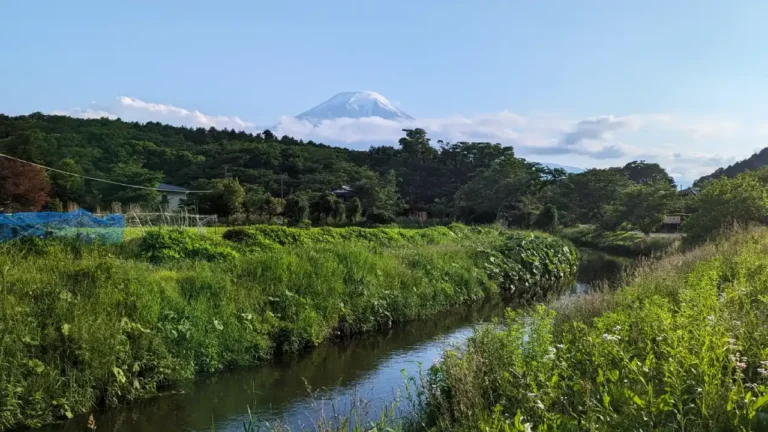
הר פוג'י, שהוא לא במקרה הסמל הלאומי של יפן, הוא בין ההרים הכי מרשימים בעולם כולו. ההר הוא מעין פלא טבע מאחר שהוא צץ מקרקע יחסית שטוחה וצמח לגובה 3776 מטרים! מה שהופך אותו לעוד יותר בולט וכריזמטי. אפשר לעשות טיול יום מטוקיו להר פוג'י או מנאגויה, או לישון באזור ולהנות מהטבע המדהים שבסביבה. אם אתם צלמים, מטפסים או מטיילים שמתכננים לבקר בהר פוג'י ביפן, חשוב לדעת מתי הזמן הטוב ביותר לעשות זאת, איך להגיע ומהן נקודות התצפית הכי שוות.
הפוסט מכיל קישורי אפילייט 🔗
אם תבחרו לקנות דרך אחד הקישורים, אני עשויה לקבל עמלה קטנה. זה לא יעלה לכם יותר, אבל יאפשר לי להמשיך לחלוק טיפים ומידע עם העולם. תודה על התמיכה🩷
תוכן עניינים
הר פוג'י מזג אוויר
ביקור בהר פוגי הוא חוויה לאורך כל השנה, אך כל עונה מביאה איתה את הקסם שלה. אז מה כל עונה מציעה לכם?
חורף: דצמבר עד פברואר
ההר מכוסה בשלג והגישה לפסגה אינה אפשרית, אך זהו זמן מושלם לצילומים נדירים מנקודות תצפית על ההר, עם סיכוי גבוהה לשמיים נקיים.
אביב: מרץ עד מאי
זו העונה שבה אזור הר פוג'י במזג אוויר אידיאלי לטיולים! בסביבות סוף אפריל גם יש את פריחת הדובדבן, מה שיהפוך את התמונות שלכם ל-100% חוויה יפנית. מבחינת טיפוס על הר פוג'י – רוב הסיכויים שההר יהיה סגור לטיפוס.
קיץ: יוני עד אוגוסט
עונת הטיפוס מתחילה. השלגים על ההר מפשירים בסביבות סוף יוני, ומזג האוויר חמים ונוח. עם זאת, תיתכן עננות וגשמים עונתיים.
סתיו: ספטמבר עד נובמבר
גם כן עונה מעולה לתצפית. מזג אוויר נוח, מעט קריר, וצבעי השלכת ישדרגו את התמונות שלכם עוד יותר. מנגד, ההר יראה "עירום" מכיוון שאין עליו שלג.
איך מגיעים מטוקיו להר פוג'י יפן
טוקיו, הבירה של יפן, היא במרחק נסיעה קצר יחסית. ישנן כמה דרכים להגיע לשם:
רכבת
דרך קלה ומהירה היא לקחת את הרכבת המהירה (שינקנסן) מתחנת טוקיו עד לתחנת אודווארה (Odawara), ומשם להמשיך ברכבת מקומית לתחנת פוג'י. זמן הנסיעה הכולל הוא כשעה וחצי.
אוטובוס
אוטובוסים יוצאים מדי יום מתחנת טוקיו לתחנת קוובוג'יקו (Kawaguchiko), הממוקמת קרוב להר. הנסיעה אורכת כשעתיים וניתן ליהנות מהנוף לאורך הדרך.
השכרת רכב
אם אתם מחפשים גמישות ונוחות, השכרת רכב היא האפשרות הכי כיפית. בעזרת שירותים כמו RentalCars, תוכלו לשכור רכב מטוקיו ולהגיע להר בזמן שלכם. הנסיעה אורכת כשעתיים ותאפשר לכם גם לעצור בנקודות תצפית נוספות בדרך. שימו לב, בשביל לנהוג ביפן צריך להוציא רישיון נהיגה בין לאומי, שהנפקתם פחות משנה מהיום בו אתם שוכרים את הרכב.
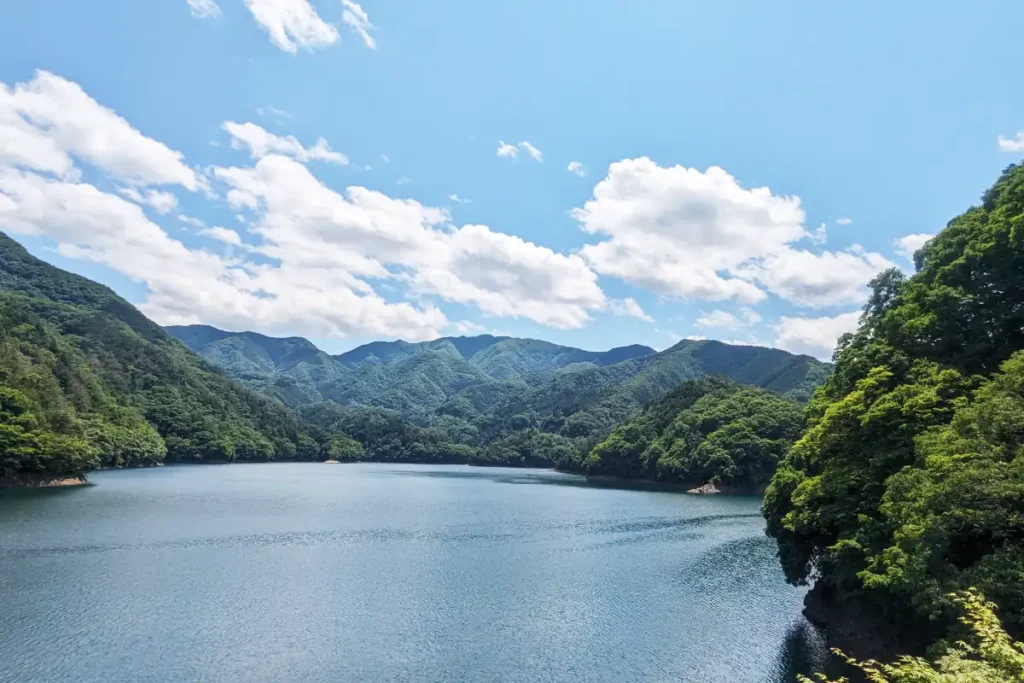
נקודות תצפית על ההר
ההר פשוט מושלם מכל כיוון שתסתכלו עליו. יש מאות נקודות מעולות לצפות בו, רדיוס הראות שלו הוא פשוט עצום! הנה כמה מנקודות התצפית המומלצות:
Oshino Hakkai
כפר קטן ומסורתי שמציע נוף מדהים. במקום ישנם שמונה בריכות טבעיות עם מים צלולים ונחל יפיפה. מקום נהדר לצלם את ההר במראה שמשתקף במים.
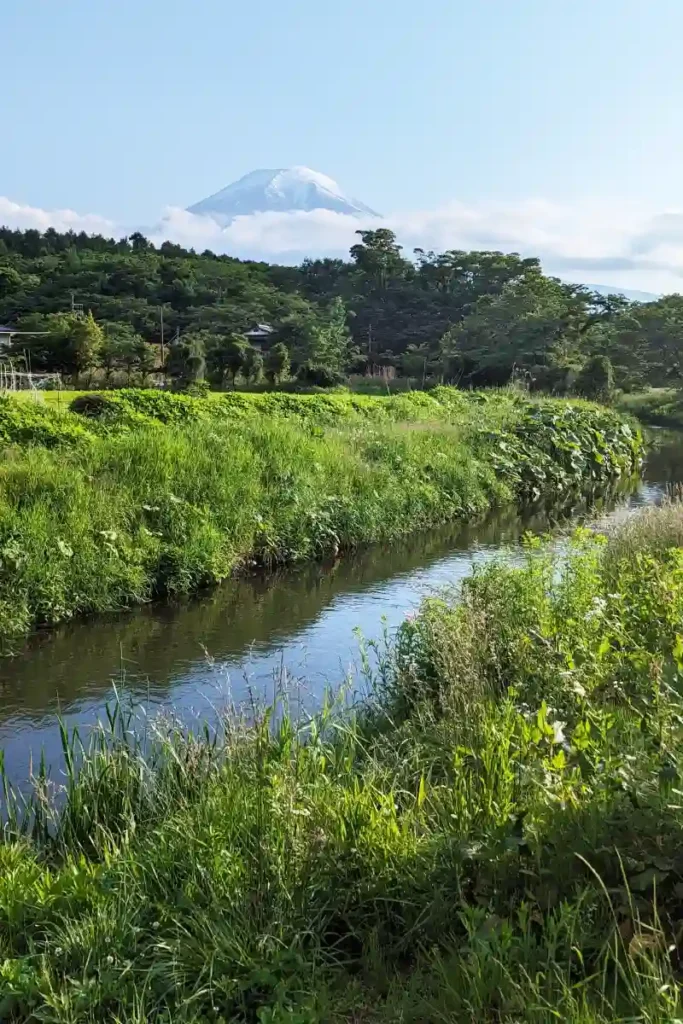
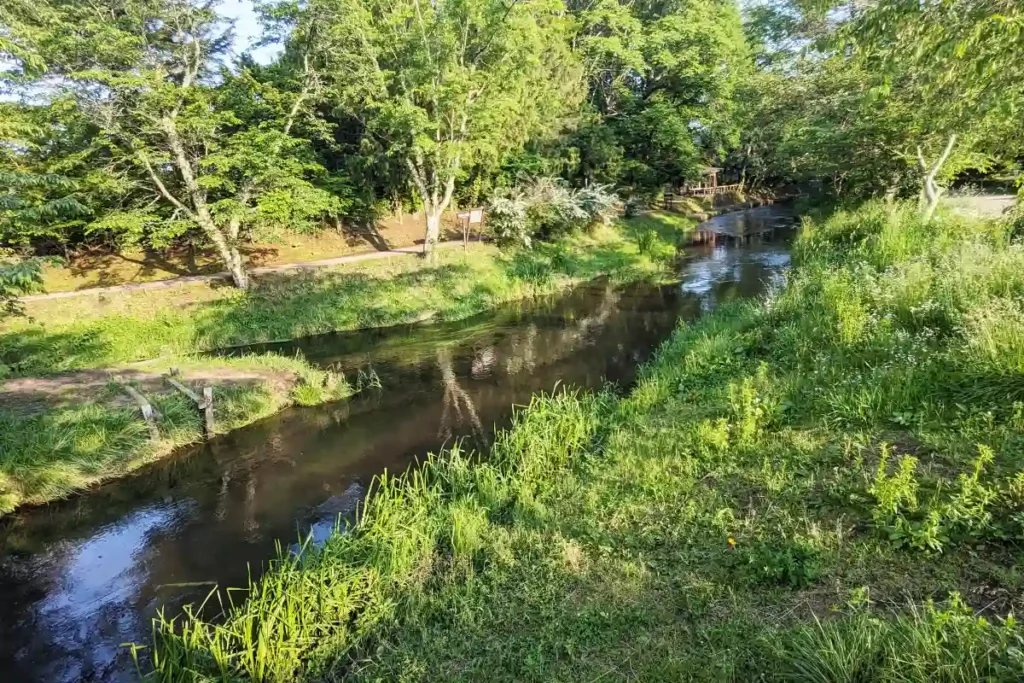
Oishi Park
פארק Oishi הוא נקודת מהממת נוספת שלא כדאי לפספס. הפארק ממוקם ליד אגם קוובוג'יקו ממנו יש נוף פנורמי מושלם על ההר. באביב, הפארק מכוסה בפרחים צבעוניים שהופכים את המקום לעוד יותר קסום.
Nagaike Water Park
פארק המים Nagaike הוא עוד מקום מצוין לתצפית על הר פוג'י. בפארק תמצאו מסלולי הליכה נעימים, עם נוף לאגם ממנו ומאחוריו הר פוגי הענק.
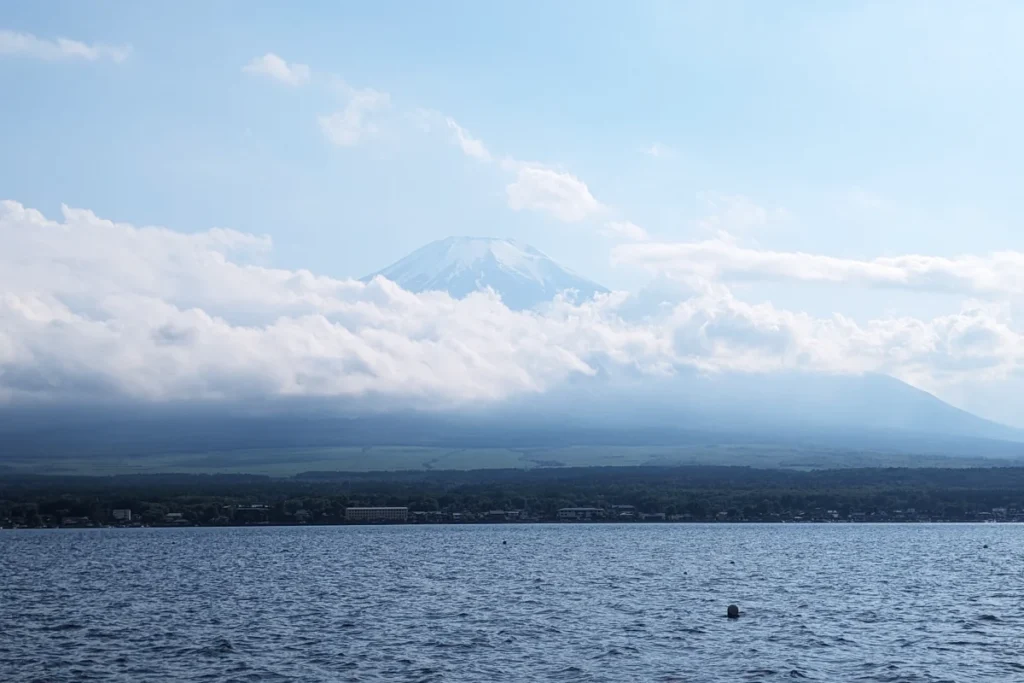
Fuji-Q Highland
פארק השעשועים Fuji-Q Highland הוא לא רק אחד הפארקים הפופולריים ביפן, אלא גם מציע נוף שווה במיוחד על הר פוגי. חווית הרכבות ההרים עם רקע ההר היא משהו שצריך לחוות כדי להבין!
הר פוג'י טיולי יום
אם אתם רוצים לקחת טיול יום מטוקיו להר פוג'י או להגיע למקומות מיוחדים באזור ההר, הנה כמה טיולי יום מומלצים!
למה אני ממליצה על VIATOR?
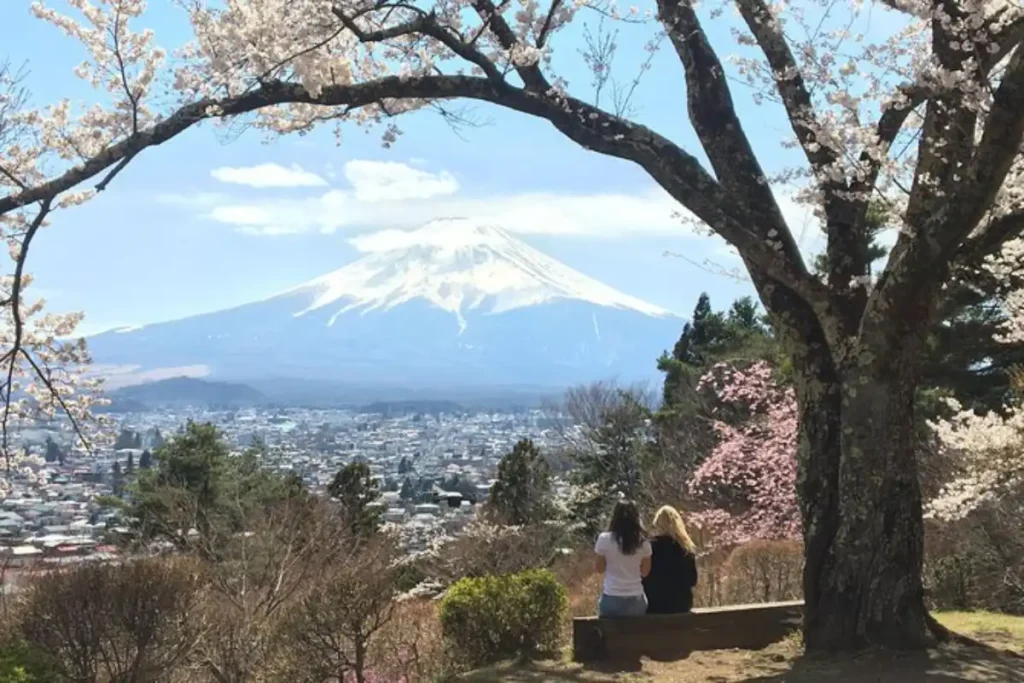
סיור בו תראו את האטרקציות היפות ביותר באזור פוג'יקאווגוצ'יקו בסיור פרטי. תבקרו גם במפלי האנושירטאקי, במקדש סנג'ן ובמערת העטלפים סאיקו.
✅ דירוג של 5 ⭐ ב-VIATOR מתוך 110 מדרגים!
✅ מדריך דובר אנגלית
✅ כולל איסוף והחזרה
✅ החל מ 74$
שמרו עכשיו מקום בטיול! ↓

טיול יום מטוקיו להר פוג'י עם מדריך, למקומות הכי יפים באזור.
✅ דירוג של 5 ⭐ ב-VIATOR מתוך 103 מדרגים!
✅ כולל ברביקיו יפני לארוחת צהריים
✅ איסוף והחזרה לטוקיו
✅ החל מ 306$
שמרו עכשיו מקום בטיול! ↓
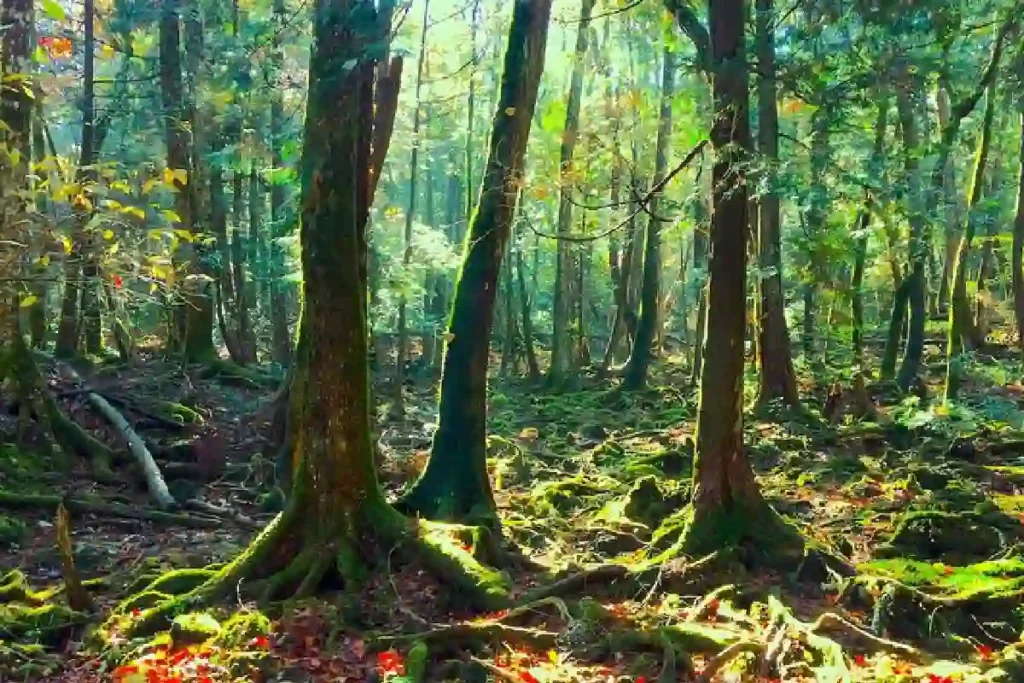
הרפתקה מדהימה במערת קרח נסתרת שנוצרה מהתפרצות הר הגעש פוג'י לפני יותר מאלף שנה.
✅ דירוג של 5 ⭐ ב-VIATOR מתוך 189 מדרגים!
✅ הדרכה באנגלית
✅ הזדמנות נדירה לחקור מערת קרח ביפן
✅ החל מ 54$
שמרו עכשיו מקום בטיול! ↓
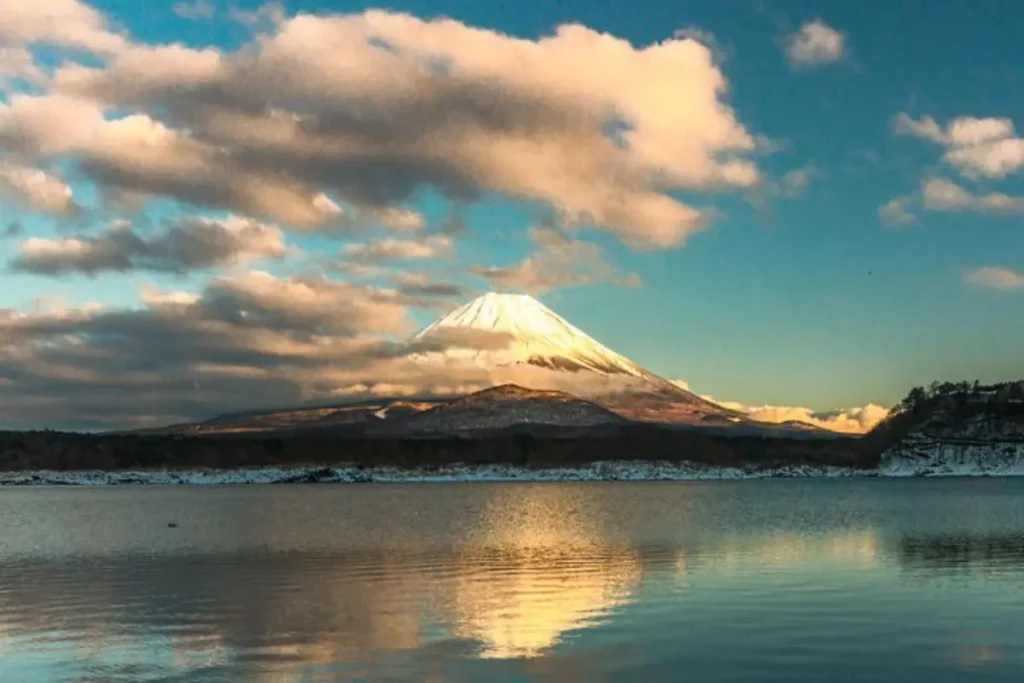
סיור פרטי מודרך באזור ההר, בו תכירו את הטבע היפני יותר לעומק.
✅ דירוג של 5 ⭐ ב-VIATOR מתוך 229 מדרגים!
✅ עוברים באגמים, מפלים, יערות ומקדשים
✅ הדרכה באנגלית
✅ החל מ 320$
שמרו עכשיו מקום בטיול! ↓
טיפוס על הר פוג'י
טיפוס על ההר הוא חוויה מרגשת אשר חשוב מאוד להערך אליה מראש. ההר, שמתנשא לגובה של 3,776 מטרים, הוא ההר הגבוה ביותר ביפן והטיפוס אליו נמשך בדרך כלל יום שלם או יותר, בהתאם למסלול שתבחרו.
העונה לטיפוס על הר פוג'י
עונת הטיפוס הרשמית מתחילה בתחילת יולי ונמשכת עד סוף אוגוסט, כאשר תנאי מזג האוויר הם הכי מתאימים. במהלך עונה זו, המסלולים המסודרים פתוחים, תחנות מנוחה ומקלטים זמינים בדרך, ורוב המטיילים בוחרים לטפס בשעות הלילה כדי להגיע לפסגה עם הזריחה – חוויה בלתי נשכחת המכונה "גוראיקו" (הזריחה הראשונה).
מסלולי טיפוס עיקריים
ישנם ארבעה מסלולי טיפוס עיקריים – יושידה (Yoshida), סובאשירי (Subashiri), גוטמבה (Gotemba), ו-Fujinomiya, שכל אחד מהם שונה במידת הקושי שלו. המסלול הפופולרי ביותר הוא מסלול יושידה, שמתחיל בתחנת קוובוג'יקו (Kawaguchiko) ועובר דרך מספר תחנות מנוחה עד הפסגה.
ציוד לטיפוס על ההר
חשוב להיערך מראש עם ציוד מתאים: בגדים חמים (גם בקיץ, המזג האוויר בפסגה קר מאוד), נעלי הליכה נוחות וחזקות, כובע, כפפות, פנס ראש, ומספיק מים ומזון. כמו כן, מומלץ לקחת הפסקות ולשמור על קצב איטי כדי להימנע ממחלת גבהים.
טיפים נוספים
למי שמעוניין להימנע מהעומס, מומלץ לשקול טיפוס באמצע השבוע או בתחילת או בסוף העונה. ולמי שמחפש חוויה נוחה יותר, כדאי לשכור שירותי מדריך מקומי או להצטרף לטיול מאורגן הכולל תחנות מנוחה והדרכה מקצועית לאורך כל המסלול.
בסיום הטיפוס, הכי כדאי ומומלץ להשאר באזור כדי לטבול במעיינות חמים ולהירגע אחרי המאמץ. טיפוס על הר פוג'י הוא אתגר פיזי אך גם מסע רוחני ומעצים.
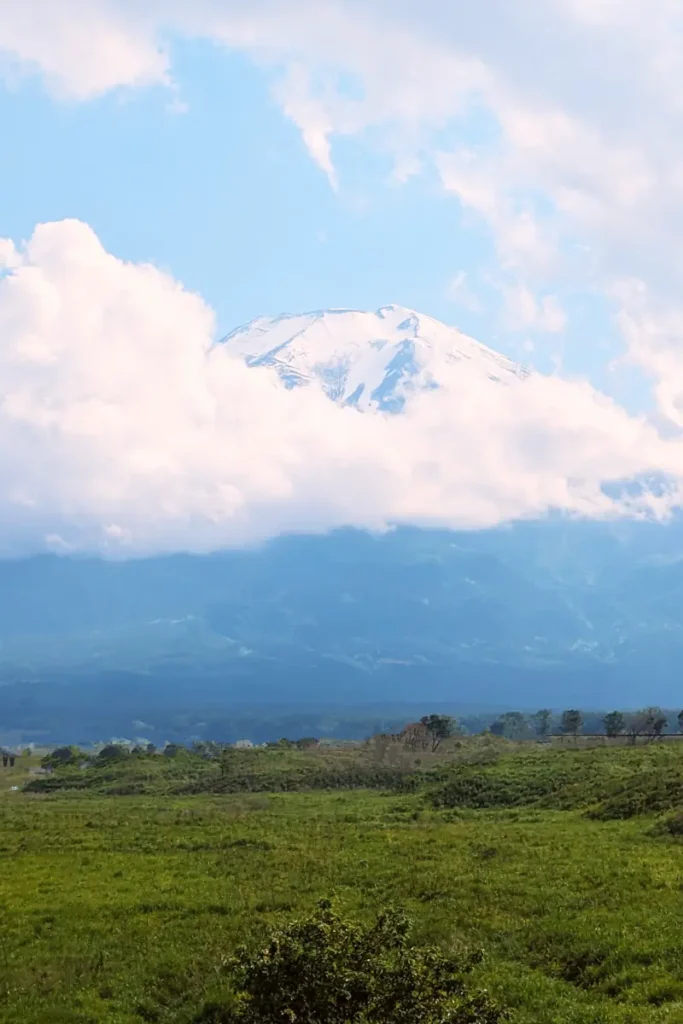
לינה באזור הר פוג'י
אם אתם מתכננים לטייל באזור, תוכלו להשאר לישון בכמה מהאזורים היפים שבסביבה, כמו למשל- Fujikawaguchiko, Fujiyoshida, או Hakone. כל אחד מהאזורים האלו הם נקודות תצפית מעולות על ההר. הנה כמה המלצות למלונות באזור:
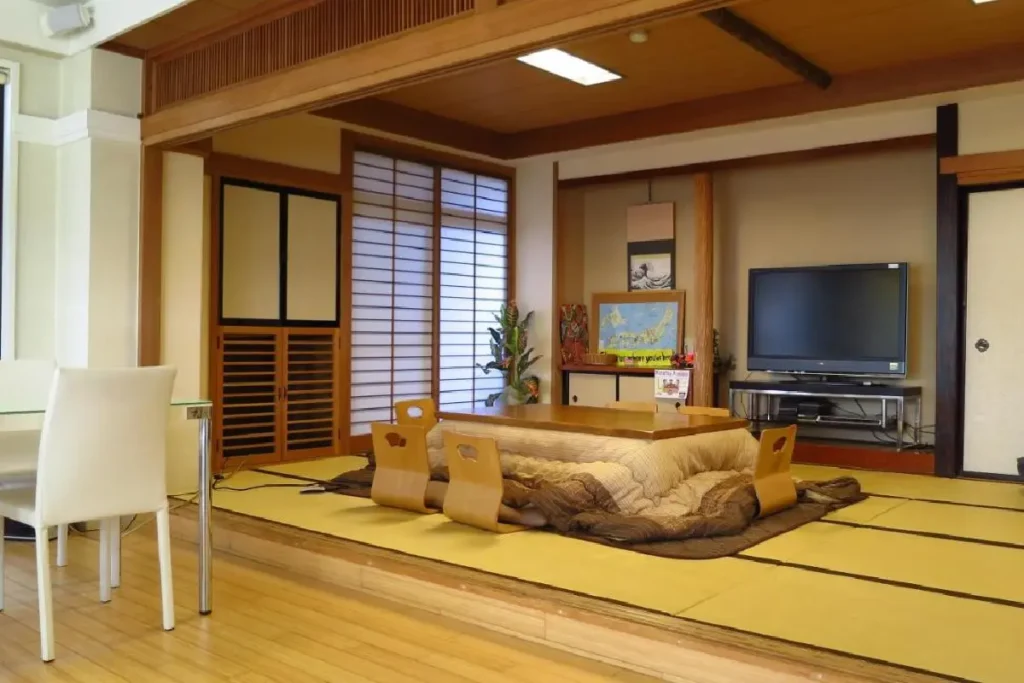
⭐ דירוג של 8.7 בבוקינג
✅ ליד תחנת הרכבת Kawaguchiko
✅ חדרים בסגנון יפני
✅ מטבח וחלל משותף
✅ החל מ 65$ ללילה
השוו מחירים כדי לקבל את המחיר הטוב ביותר:
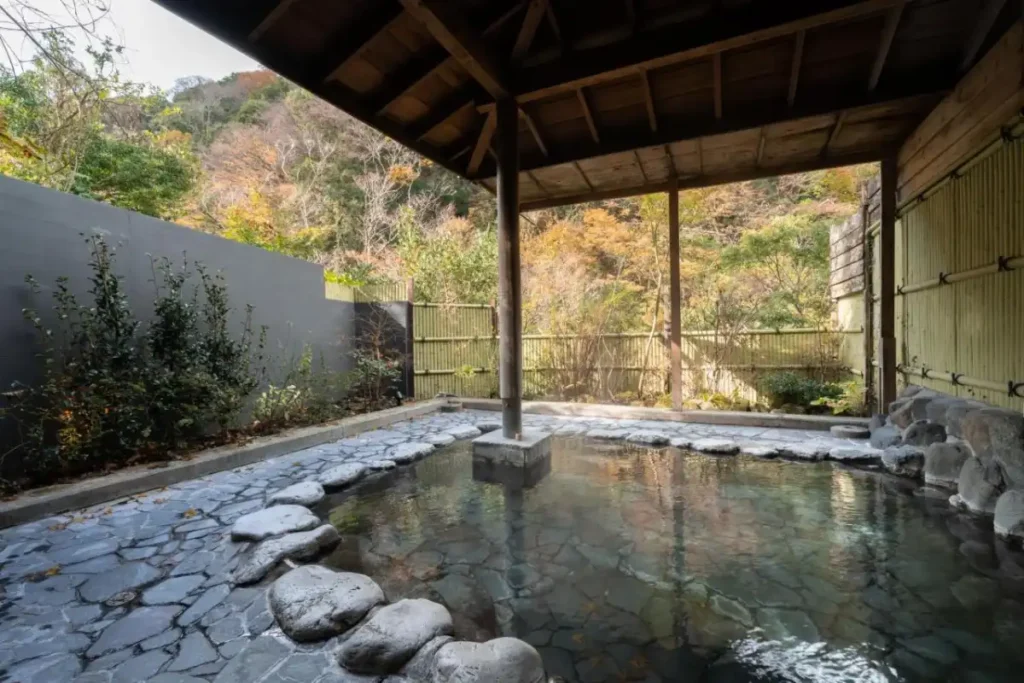
⭐ דירוג של 9.4 בבוקינג
✅ מיקום מעולה ב Hakone
✅ יש מעיינות חמים בהוסטל!
✅ לינה במעונות – מתאים לתרמיליאים
✅ החל מ 50$ ללילה
לסגירה עם Booking:
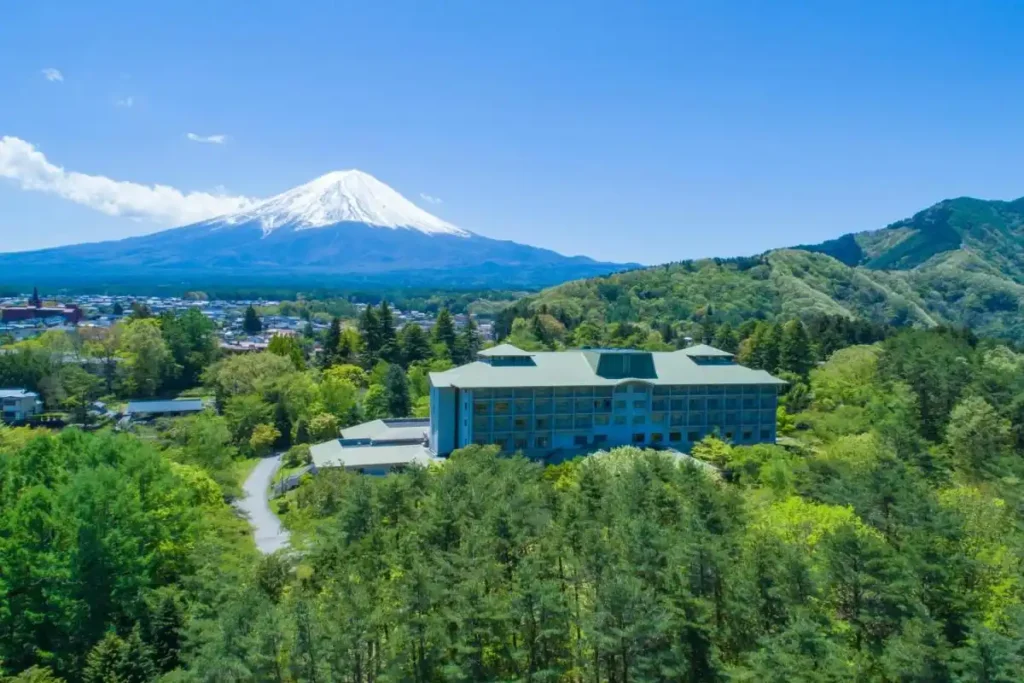
⭐ דירוג של 8.6 בבוקינג
✅ מיקום מעולה ב-Fujikawaguchiko
✅ כולל ארוחת בוקר מעולה
✅ נוף להר
✅ החל מ 241$ ללילה
השוו מחירים כדי לקבל את המחיר הטוב ביותר:
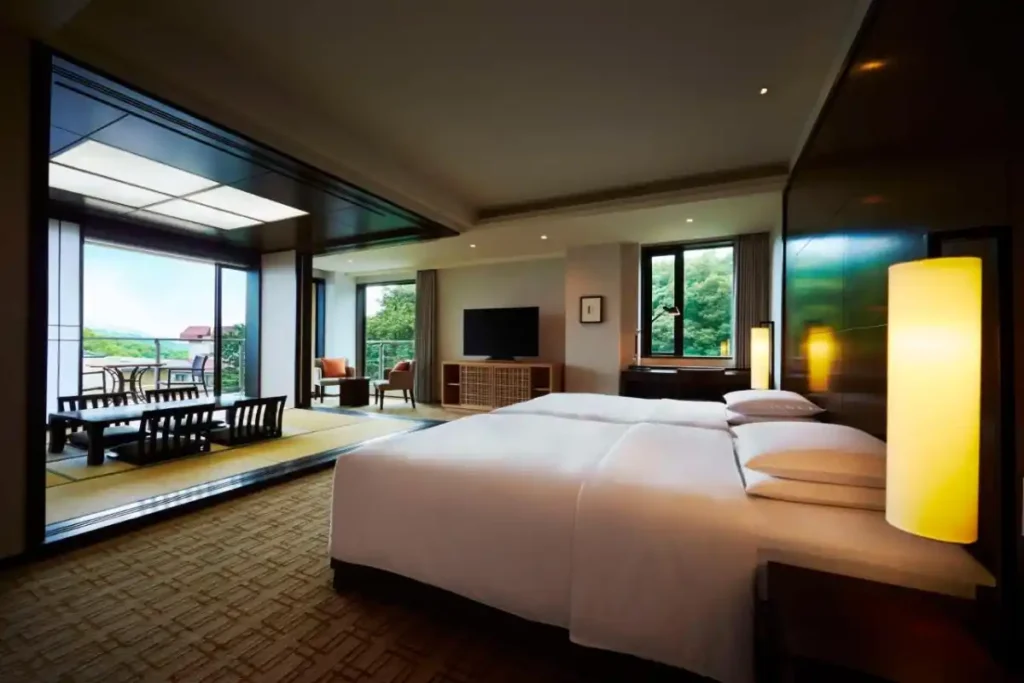
⭐ דירוג של 8.7 בבוקינג
✅ מיקום מעולה ב-Hakone
✅ ריזורט 4 כוכבים מפנק
✅ כולל מעיינות חמים וספא
✅ החל מ 388$ ללילה
השוו מחירים כדי לקבל את המחיר הטוב ביותר:
מהר פוג'י יפן לעוד יעדים מדהימים
לאחר שסיימתם את החוויה המהממת של טיפוס על הר פוג'י או ביקור באזור, כמובן שתרצו להמשיך את המסע שלכם בערים המרתקות של יפן. נאגויה, הממוקמת במרחק של כ-4 שעות נסיעה, היא עיר מעניינת מאוד שמשלבת מודרניות והיסטוריה יפנית עשירה. מאוסקה, שבמרחק של כשלוש שעות מההר, תוכלו ליהנות ממטבח יפני מסורתי ושלל אטרקציות תרבותיות. קיוטו, גם במרחק של כשלוש וחצי שעות, היא עיר עם מקדשים וגנים אותנטיים יפים. אם אתם מחפשים חוויה עוד יותר אותנטית, אז נארה היא המקום בשבילכם! תראו שם איילים מתוקים משוטטים בפארקים היפנים ועוד טבע קסום. נסיעה לכיוון השני, כלומר מזרחה, תיקח אתכם לטוקיו, עיר הבירה של יפן, שהיא העיר הכי משוגעת שיש, לטוב ולרע.
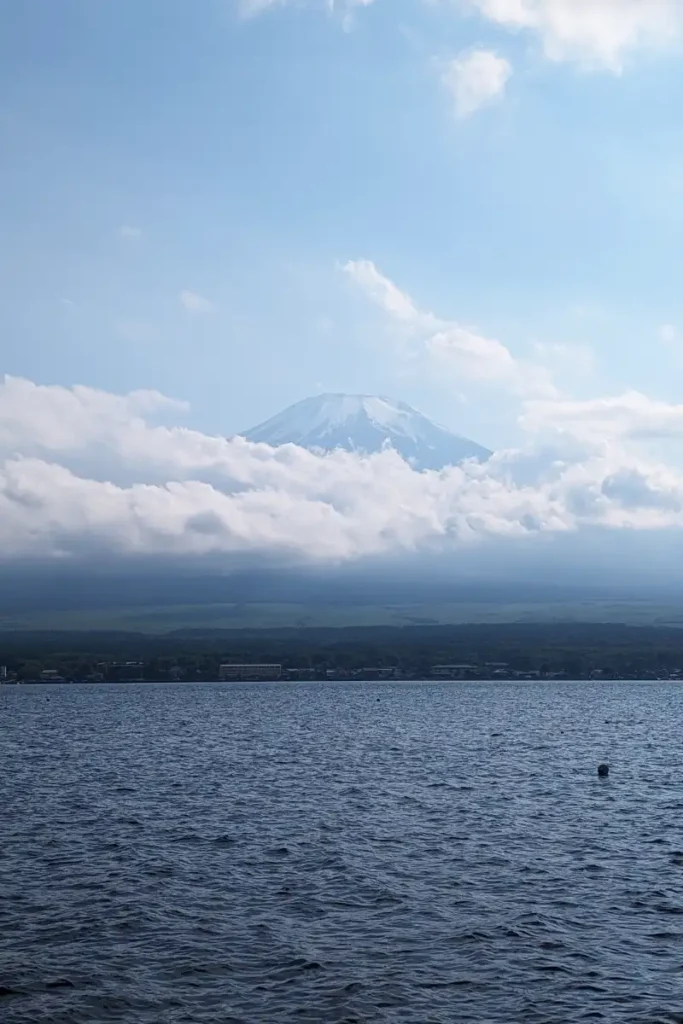
שאלות ותשובות
איך אפשר לצאת לטיול יום מטוקיו להר פוג'י? 🚅
טיול יום מטוקיו להר פוג'י אפשרי בעזרת רכבת מהירה (שינקנסן), אוטובוס ישיר מתחנת שינג'וקו, או רכב פרטי ששכרתם.מהי התקופה הכי טובה לטיפוס על הר פוג'י? 🥾
התקופה המומלצת לטיפוס היא בין יולי לספטמבר, כשהמסלולים פתוחים והשלג נמס.איזה מסלולים קיימים לטיפוס על הר פוג'י? 🛤️
יש ארבעה מסלולים עיקריים:- מסלול Yoshida: הכי מפורסם.
- מסלול Gotemba: המסלול הארוך והפחות עמוס.
- מסלול Subashiri: מסלול מתון עם הרבה צמחייה.
- מסלול Fujinomiya: הקצר ביותר לפסגה.
איך מזג האוויר משתנה בהר פוג'י במהלך השנה? 🌦️
- בקיץ: הטמפרטורות נוחות, אבל יכולות להיות רוחות חזקות בפסגה וההר "ערום" משלג.
- בחורף: שלג כבד וטמפרטורות נמוכות, אי אפשר לטפס.
- בסתיו ובאביב: מזג האוויר משתנה המון ויחסית קריר.
כמה זמן לוקח לטפס על הר פוג'י? ⏳
הטיפוס לפסגה לוקח כ-6-8 שעות, והירידה כ-3-5 שעות. מומלץ להתחיל מוקדם או לטפס בשעות הערב כדי להגיע לפסגה בזמן לזריחה.מהן הנקודת הכי מומלצות לתצפית על הר פוג'י? 🗻
3 נקודות ממש מומלצות:- Oshino Hakkai
- Oishi Park
- Fuji-Q Highland



